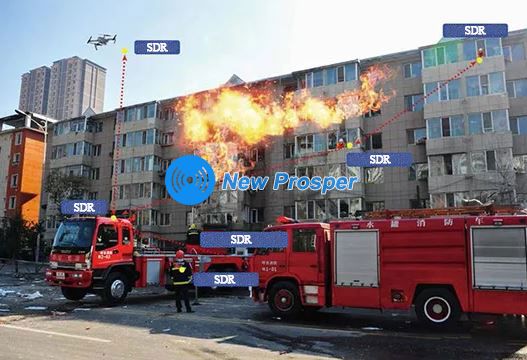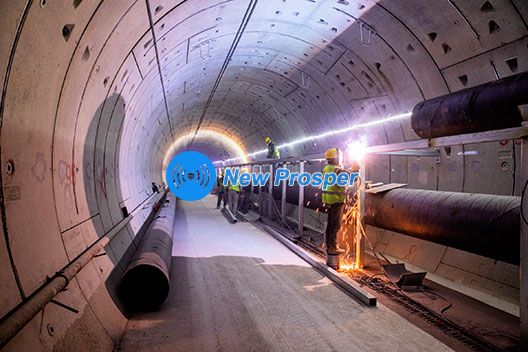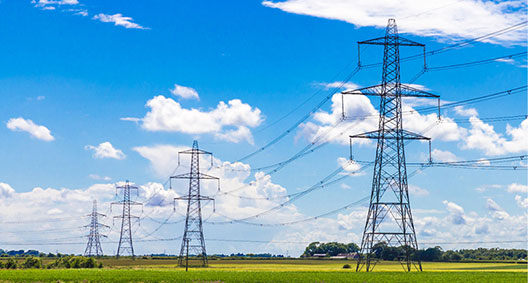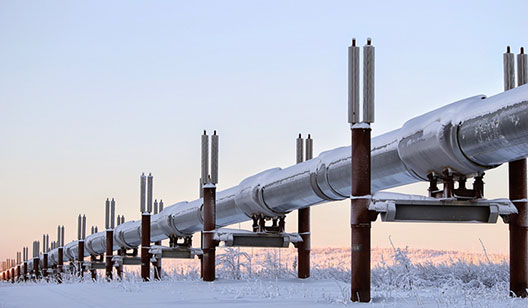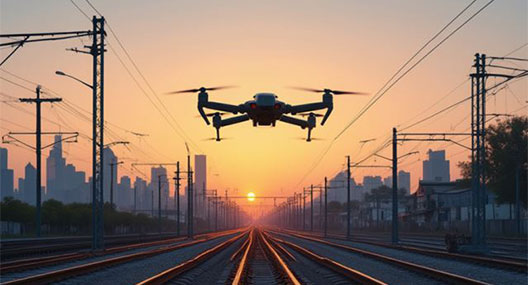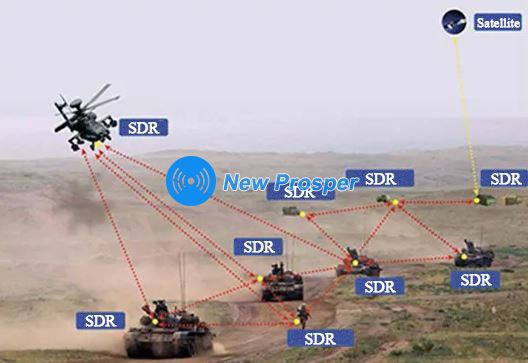Various types of MESH nodes can be rapidly deployed both inside and outside the firefighting and rescue scene, forming a highly efficient self-organizing network. Particularly within the complex interiors and underground structures of fire-affected buildings, the establishment of a wireless multi-hop network effectively resolves communication blockages or dead zones caused by obstructions. This ensures"communication coverage wherever personnel are present," guaranteeing reliable and timely wireless communication for firefighters inside and outside the fireground.
Furthermore, by utilizing mobile nodes carried on fire engines and UAVs, real-time fire detection, forecasting, and on-site monitoring can be achieved.
Inside the fireground, frontline firefighters utilize MESH equipment with a"deploy-while-advancing" method. The high-definition video information collected from within the fireground is transmitted back to the command center at the fire engine vehicle via multi-hop relay and can be recorded for storage. This enables off-site commanders to gain a comprehensive, unobstructed, and intuitive understanding of the situation inside the fireground, allowing for timely scientific analysis and the rapid issuance of action orders.
The MESH system can be interconnected and integrated with the fire department's existing 350MHz narrowband digital trunking system. This effectively enables voice communication between underground and ground levels of the fireground, as well as between the interior and exterior of buildings. It facilitates on-site coordination among commanding firefighters within the scene, teammate search and rescue operations, and safe evacuation.
Simultaneously, the system can also interface with satellite equipment on fire engines, enabling remote information exchange between the front-line firefighting scene and the rear command center. This provides powerful support for scientific decision-making and command by leaders at all levels.
